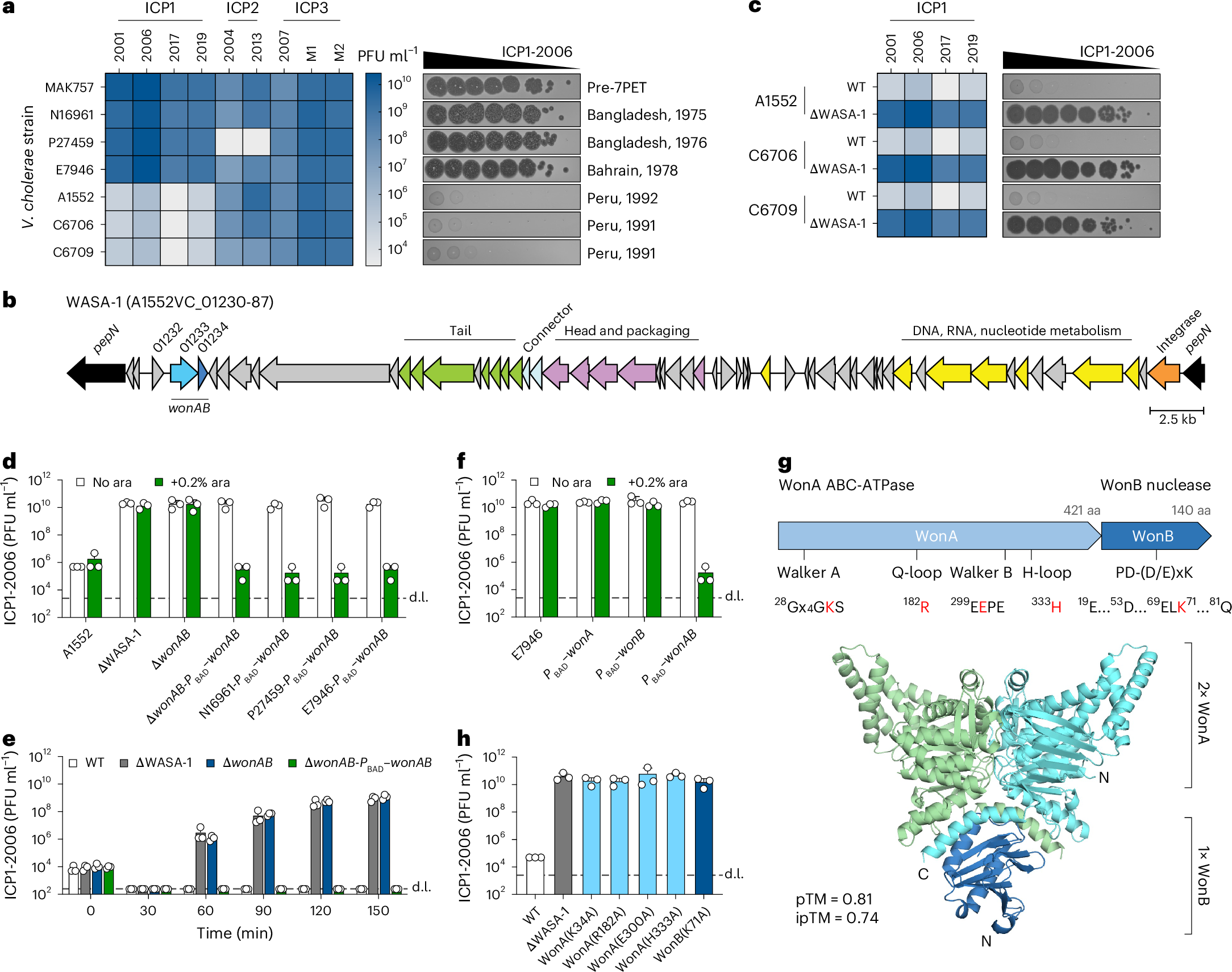2025-05-28 コペンハーゲン大学(UCPH)
<関連情報>
- https://news.ku.dk/all_news/2025/05/newly-discovered-molecular-fingerprints-could-transform-diabetes-treatment-and-diagnosis/
- https://www.sciencedirect.com/science/article/pii/S009286742500515X?via%3Dihub
インスリン抵抗性と2型糖尿病の個別化分子シグネチャー Personalized molecular signatures of insulin resistance and type 2 diabetes
Jeppe Kjærgaard, Ben Stocks, John Henderson, Jordana B. Freemantle, David Rizo-Roca, Michele Puglia, Maria Madrazo Montoya, Daniel Andersson, Jesper Bäckdahl, Daniel Eriksson-Hogling, Jacob V. Stidsen, Michael Wierer, Simon Rasmussen, Kei Sakamoto, Kurt Højlund, Mikael Rydén, Juleen R. Zierath, Anna Krook, Atul S. Deshmukh
Cell Published: 27 May 2025
DOI:https://doi.org/10.1016/j.cell.2025.05.005
Graphical abstract

Highlights
- Advanced proteomics analysis reveals molecular signatures of insulin resistance
- Fasting muscle proteome and phosphoproteome predict whole-body insulin sensitivity
- Insulin-stimulated phosphoproteome reveals selective insulin resistance signatures
- Phosphoproteome and proteome atlas explains sex-specific muscle metabolism
Summary
Insulin resistance is a hallmark of type 2 diabetes, which is a highly heterogeneous disease with diverse pathology. Understanding the molecular signatures of insulin resistance and its association with individual phenotypic traits is crucial for advancing precision medicine in type 2 diabetes. Utilizing cutting-edge proteomics technology, we mapped the proteome and phosphoproteome of skeletal muscle from >120 men and women with normal glucose tolerance or type 2 diabetes, with varying degrees of insulin sensitivity. Leveraging deep in vivo phenotyping, we reveal that fasting proteome and phosphoproteome signatures strongly predict insulin sensitivity. Furthermore, the insulin-stimulated phosphoproteome revealed both dysregulated and preserved signaling nodes—even in individuals with severe insulin resistance. While substantial sex-specific differences in the proteome and phosphoproteome were identified, molecular signatures of insulin resistance remained largely similar between men and women. These findings emphasize the necessity of incorporating disease heterogeneity into type 2 diabetes care strategies.


